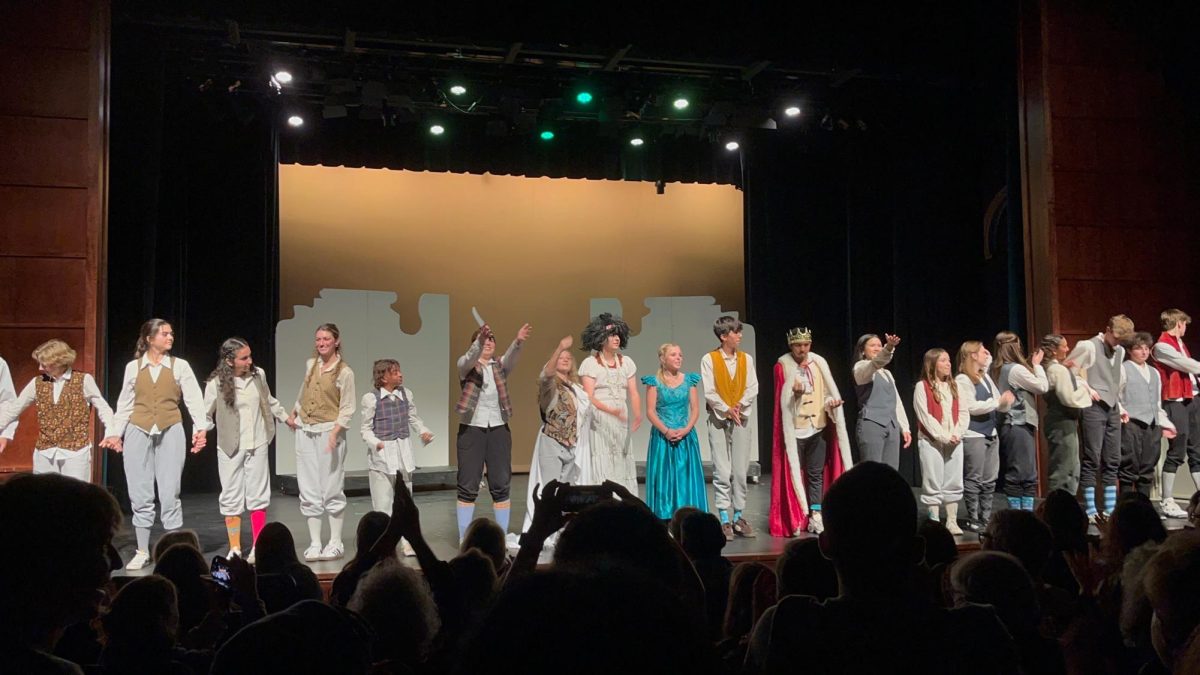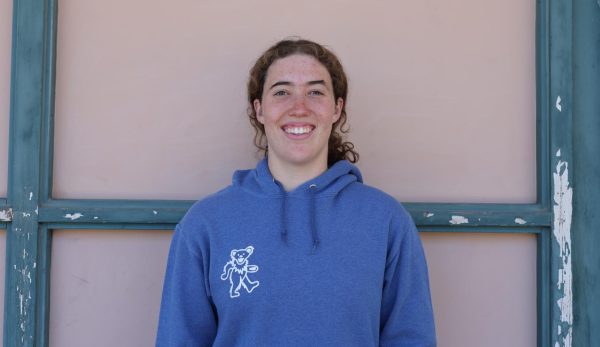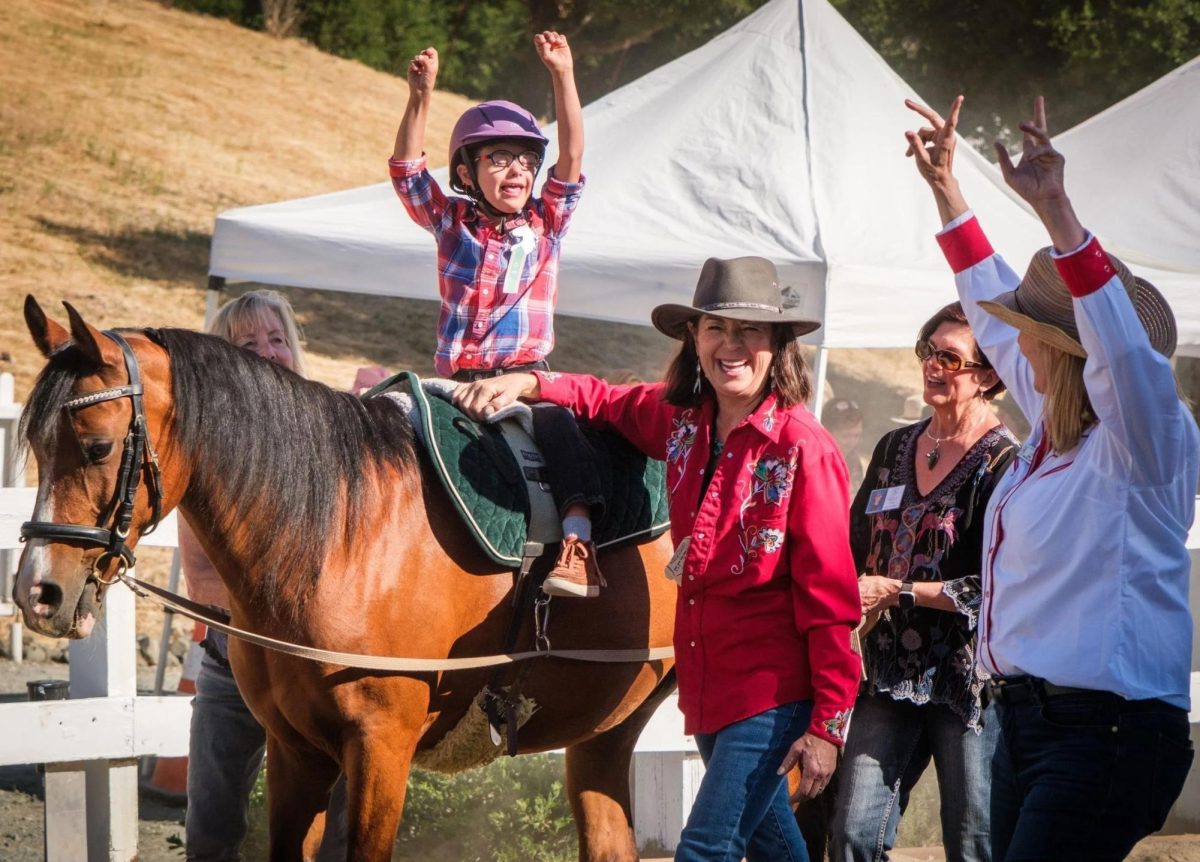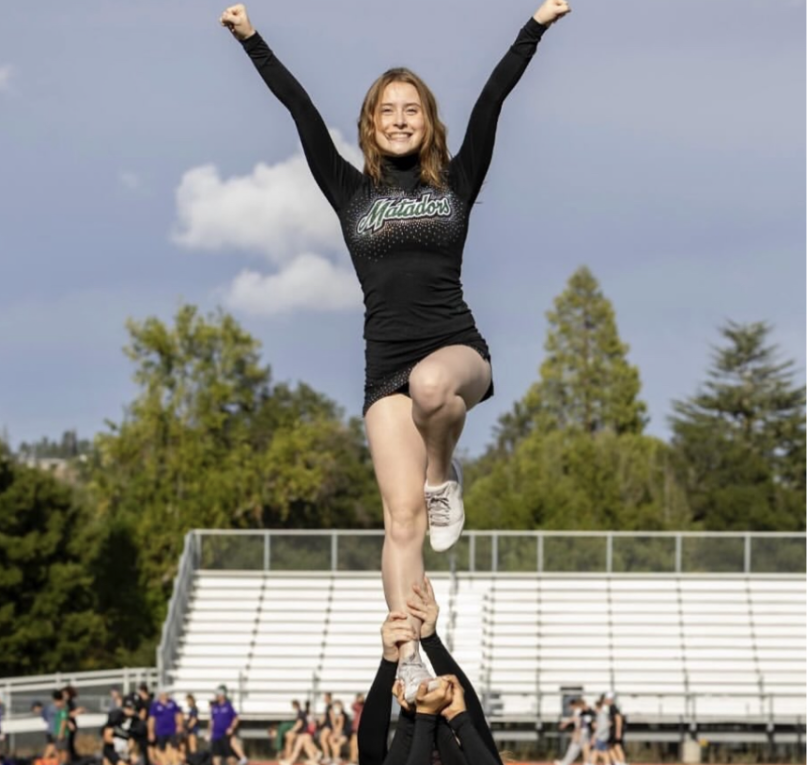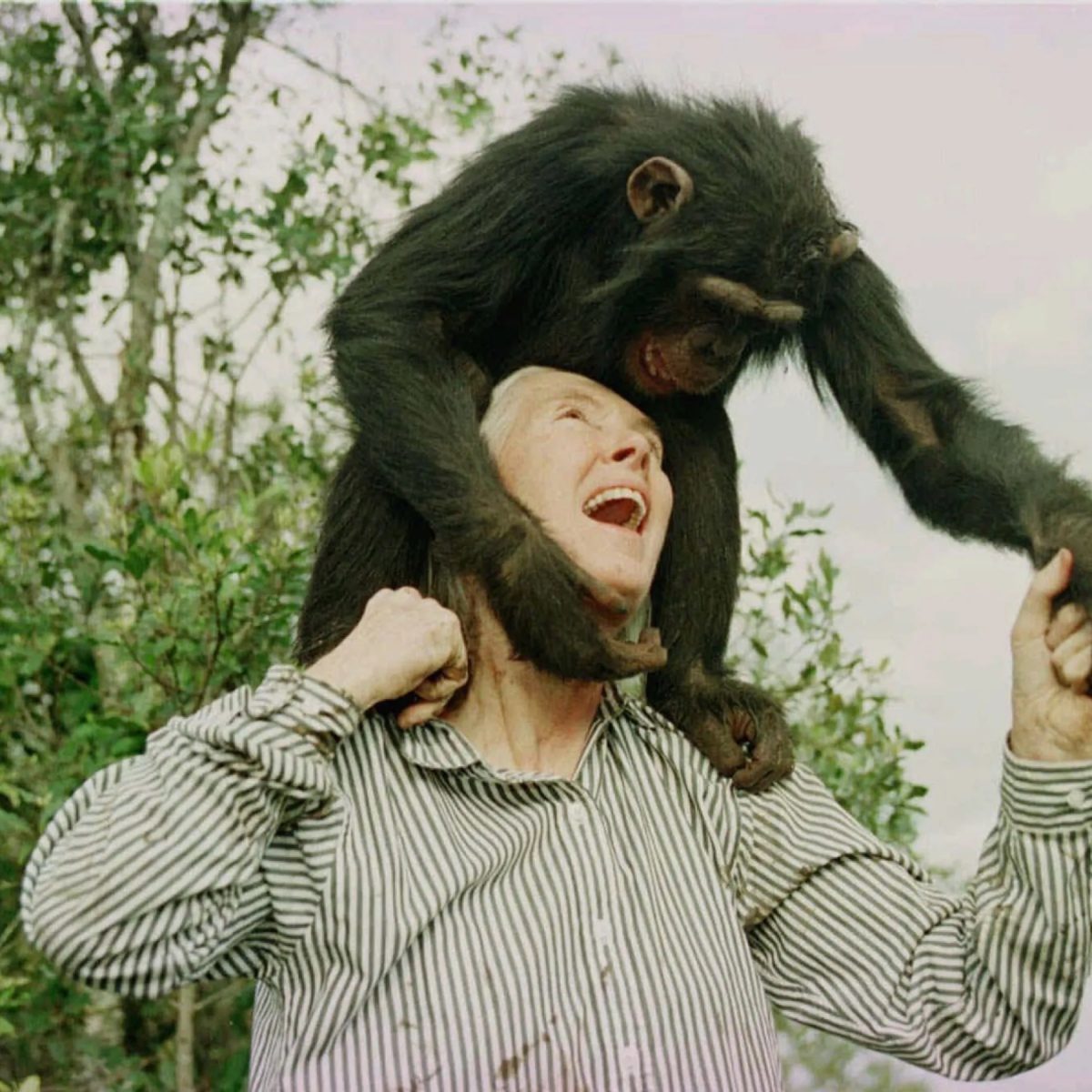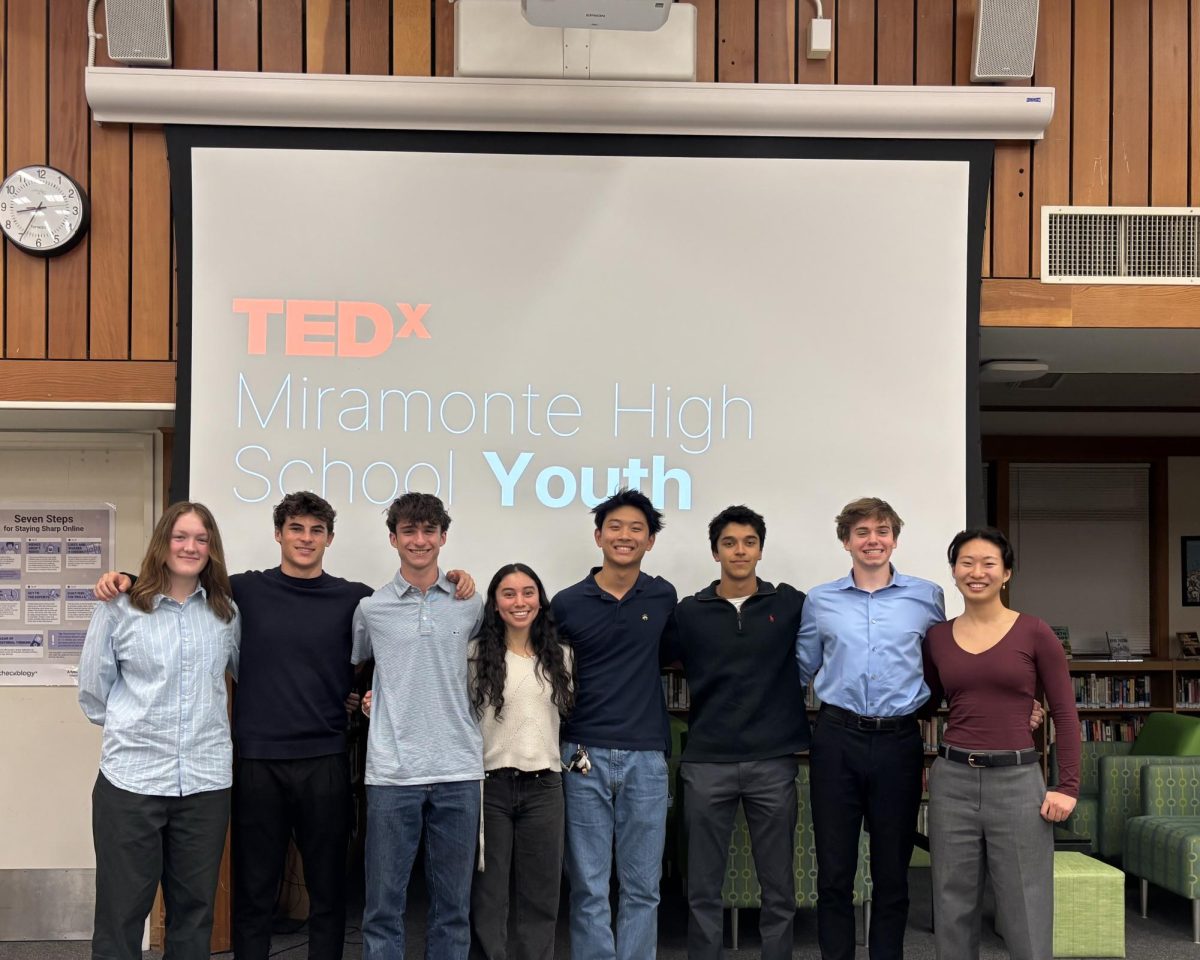For nearly two hours on Thursday Oct. 16, Friday Oct. 17, and Saturday Oct. 18, the theater was filled with Drama students performing an abridged version of Shakespeare’s work for the 2025 Fall play. These Advanced and Advanced Honors Drama students performed 37 of Shakespeare’s plays, including his comedies, tragedies, histories, and more.
Starting off the night, the play featured several of Shakespeare’s plays, including “Romeo and Juliet” – their most faithful adaptation –, “Titus Andronicus,” and “Othello” as well as a summary of Shakespeare’s life. Performing multiple plays within the play, each actor had their moments of comedy while also breaking the fourth wall to speak to the audience. “When I spoke directly to the audience outside of ‘Romeo and Juliet,’ I just committed and gave good energy,” junior Ian Munich said.
To close out the first act, the play incorporated a dance number. In the sequence, Munich endures a seemingly boring story from Alice Olson, as their story is meant to keep the audience entertained while they skip the sonnet part of the play on purpose. While listening, a mashup of pop music drowns Olson’s story into the background as the rest of the cast comes out to dance, beginning this play’s hilarious dance routine. Then, as all the cast goes back offstage, the music fades back out in time for Olson to finish their story before the play breaks for the intermission. “The choreography was self-directed by members of our cast and a lot of time and effort went into planning it out. Seeing it all work out was really satisfying and I loved how it turned out,” Munich said.
“Hamlet,” one of Shakespeare’s most famous plays, took to the stage as the last performance for almost the entire second act. With the fairly quick summary of “Hamlet,” the show replays “Hamlet” three times, getting faster and faster each time with less and less detail until each person is practically sprinting across the stage shouting a quick line. During the first reproduction, “Hamlet” is produced with much detail, including a skit that incorporates the audience to illustrate the jumbled mess inside the mind of the character Ophelia, played by senior Noah Thaler. Starting by bringing a random audience member up on stage to perform Ophelia’s blood-curdling scream, Thaler then split the audience up into three sections while Roxie Tarantino brought up another audience member to sprint across the stage. As the cast then explained the different parts of Ophelia’s brain all swirling together, the audience cut to silence and the main audience member performed another loud scream.
This part of the play also included a lot of improvisation because incorporating audience members relies on quick reactions from the actors to whatever the audience might say. “Practicing with other actors during tech and then actually getting a live audience during the shows helped me improve, and I think every show got better and better,” Thaler said.
After the third iteration, the show then replays “Hamlet” one final time; however, this time, it is quickly performed backwards, creating a silly dynamic between characters. For example, the classic line “to be, or not to be” is rephrased as “be to not or be to.” “How did the cast practice for these reproductions of Hamlet and what was included to make it funnier?” senior Alice Olson said.
From behind the scenes, stagecraft worked hard, not only assistant directing, but also producing the set, props, lights, sound, and costumes which brought to life the comedic aspects and suspension of this play. A neo-roman architectural style was mixed with a modern technological style to create the set and costumes. Meanwhile, both the cast and crew worked to get all of the technical elements right. “Everyone did a great job taking notes and working together to create smooth transitions, lighting, and soundcues,” Assistant Director and Stage Manager Milo Tyner said.

